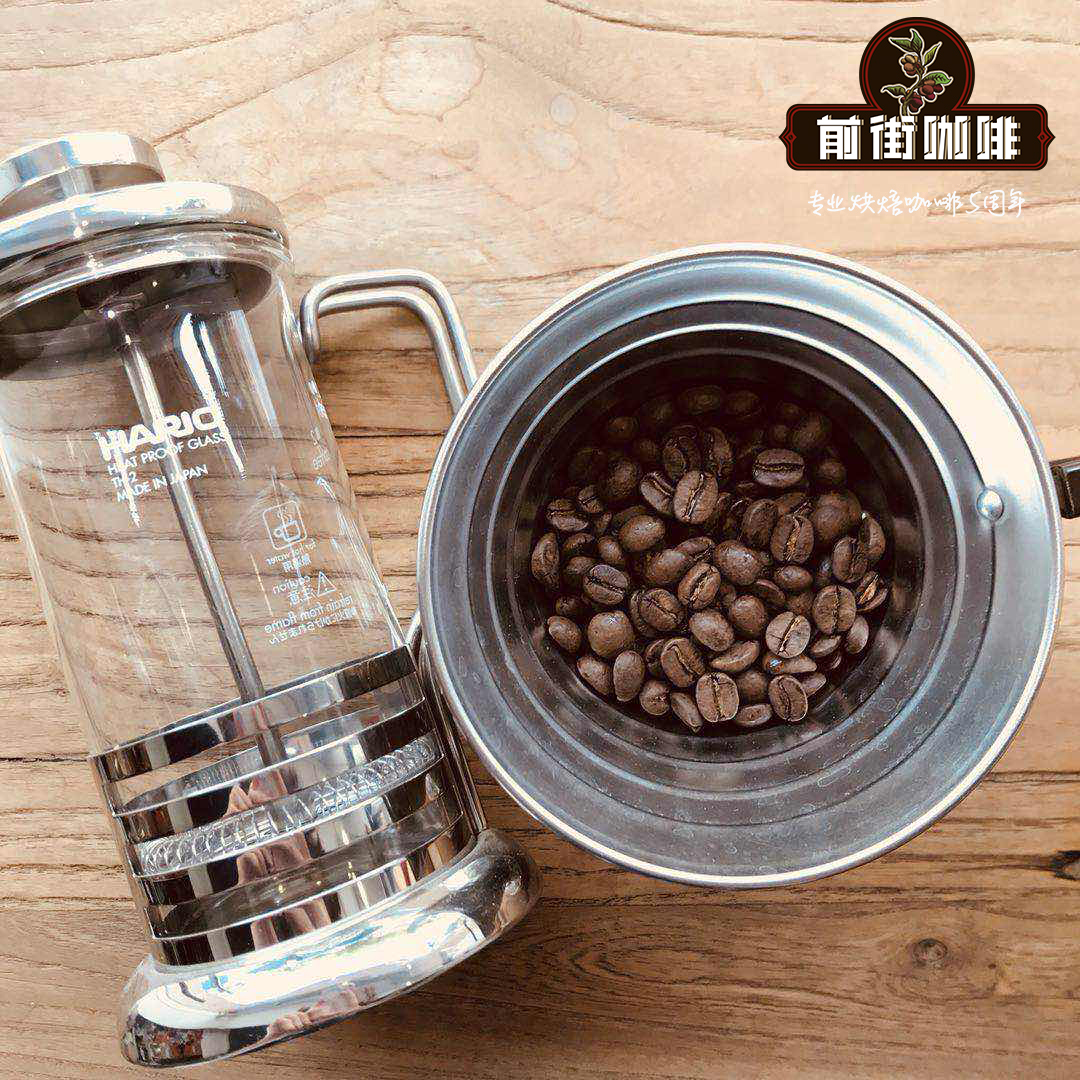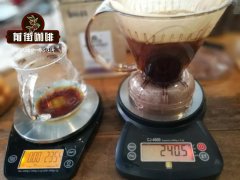What are the flavor characteristics and taste of Guatemalan Antigua coffee? Does the ice wash Antigua taste good?

Professional coffee knowledge exchange more coffee bean information please follow the coffee workshop (Wechat official account cafe_style)
What are the flavor characteristics and taste of Guatemalan Antigua coffee? Does the ice wash Antigua taste good?
The Antigua Valley of Guatemala has always been the most famous coffee producing area in Guatemala. The microclimate of the Antigua Valley provides excellent conditions for growing coffee, which is known all over the world. The road to fame of this producing area began decades ago when some Japanese coffee traders discovered the excellent coffee here. The combination of rich volcanic soil, low humidity, sufficient sunlight and strong temperature difference between day and night have created the personality of coffee in Antigua. The valley consists of three volcanoes: Agua, Acatenango and Fuego. Every once in a while, the Fuego volcano adds fresh and rich ash to the environment. These volcanic ash are rich in minerals and also provide soil growth conditions to help retain moisture to resist the dry climate of Antigua. Like all coffee grown in Guatemala, Antigua coffee grows in the shade of trees, which not only protect coffee from cold nights from December to January, but also create an ecological corridor for wildlife in this subtropical region.
Micro climate
Climate: the climate in this area is mild, with an average annual temperature of 22 °C. The Antigua Valley is surrounded by mountains and volcanoes to protect it from the north wind.
Height: located at 1500 meters above sea level, producing very hard beans (SHB) quality coffee.
Weather: the rainy season lasts six months from May to October and the dry season from November to April. In the dry season, the temperature is about 14 °C from November to January, while the average temperature from February to April is 24 °C. Such a unique climate creates a special coffee producing area. The average annual rainfall is about 1200-1500 mm.
Soil: volcanic soil mixed with fresh volcanic ash, very rich in minerals and nutrients, is an ideal element for the growth of coffee. This area and valley used to be a lake, so the sediment left behind makes the land fertile and strongly characteristic, affecting the unique quality of coffee.
Planting: most coffee is grown in Arabica bourbon and is grown in the shade of Gravilea trees. Coffee is carefully picked and selected artificially when it is ripe, and then transported to the La Esperanza water washing plant on the outskirts of Antigua.
Coffee treatment: the coffee is carefully treated in the washing field and the coffee beans are separated by a peeling machine. The final pulp is then removed by fermentation and washed with clean water. The coffee is 75% sun-dried. Carefully dry according to customer requirements and ensure that each bag has a consistent quality, as is the case with every harvest.
Season: the flowering season begins in late April or early May, and the harvest period is from December to March. Such high-quality raw coffee beans are usually available in the middle of January.
Introduction to Coffee
Manor: Margaret Coffee
Producing area: Antigua volcano producing area
Planting altitude:
Treatment method: washing treatment method
Varieties: bourbon, Kaddura, Kaduai
Mesh size: 15 to 19-97.8%
Water content: 9.1%
Annual rainfall: 800-1200mm
Soil: volcanic soil and pumice
Shade tree: Gravilea
Flavor: citrus lemon tea-like freshness, pistachio, lemon grass, caramel sweet, peach and plum bright acid value, tail rhyme with classic dark chocolate, long finish
Important Notice :
前街咖啡 FrontStreet Coffee has moved to new addredd:
FrontStreet Coffee Address: 315,Donghua East Road,GuangZhou
Tel:020 38364473
- Prev

The Story of Sherwood Blue Mountain Coffee Manor in Jamaica Coffee characteristics of St. Thomas St.Thomas
For more information about coffee beans, please follow the Coffee Workshop (Wechat official account cafe_style) Sherwood Coffee Manor, Sherwood Blue Mountain Coffee Manor, Jamaica is owned by a small family in Jamaica and the estate operates in Hagley Gap village, southeast of Jamaica, in the St. Thomas producing area. Its output accounts for the total harvest of Blue Mountain coffee.
- Next

What are the flavor characteristics of Ceylon Manor in Attilan District, Guatemala? Planting information?
Professional coffee knowledge exchange more coffee bean information please follow the coffee workshop (Wechat official account cafe_style) what is the flavor and characteristics of Ceylon Manor in Attilan District of Guatemala? Planting information? One of the four major volcanic coffee zones in Guatemala. The soil in Attilan is the most fertile of all organic matter. 90% of the coffee is planted along a very steep slope, all the way up to
Related
- Detailed explanation of Jadeite planting Land in Panamanian Jadeite Manor introduction to the grading system of Jadeite competitive bidding, Red bid, Green bid and Rose Summer
- Story of Coffee planting in Brenka region of Costa Rica Stonehenge Manor anaerobic heavy honey treatment of flavor mouth
- What's on the barrel of Blue Mountain Coffee beans?
- Can American coffee also pull flowers? How to use hot American style to pull out a good-looking pattern?
- Can you make a cold extract with coffee beans? What is the right proportion for cold-extracted coffee formula?
- Indonesian PWN Gold Mandrine Coffee Origin Features Flavor How to Chong? Mandolin coffee is American.
- A brief introduction to the flavor characteristics of Brazilian yellow bourbon coffee beans
- What is the effect of different water quality on the flavor of cold-extracted coffee? What kind of water is best for brewing coffee?
- Why do you think of Rose Summer whenever you mention Panamanian coffee?
- Introduction to the characteristics of authentic blue mountain coffee bean producing areas? What is the CIB Coffee Authority in Jamaica?

